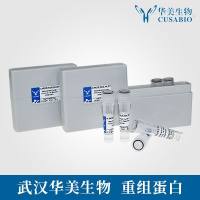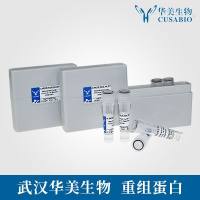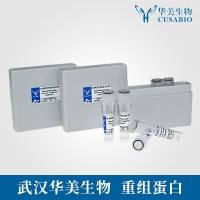Atomic Force Microscopy of Interfacial Monomolecular Films of Pulmonary Surfactant
互联网
互联网
相关产品推荐

SFTPA1/SFTPA1蛋白Recombinant Human Pulmonary surfactant-associated protein A1 (SFTPA1)重组蛋白Collectin-4蛋白
¥5268

SFTPC/SFTPC蛋白Recombinant Human Pulmonary surfactant-associated protein C (SFTPC)重组蛋白Pulmonary surfactant-associated proteolipid SPL(Val)SP5蛋白
¥2640

SFTPB/SFTPB蛋白Recombinant Human Pulmonary surfactant-associated protein B (SFTPB)重组蛋白18KDA pulmonary-surfactant protein 6KDA protein Pulmonary surfactant-associated proteolipid SPL(Phe)蛋白
¥5268

SFTPB/SFTPB蛋白Recombinant Bovine Pulmonary surfactant-associated protein B (SFTPB)重组蛋白6KDA protein Pulmonary surfactant-associated proteolipid SPL(Phe)蛋白
¥2328

SFTPC/SFTPC蛋白/Pulmonary surfactant-associated proteolipid SPL(Val)蛋白/Recombinant Bovine Pulmonary surfactant-associated protein C (SFTPC)重组蛋白
¥69

